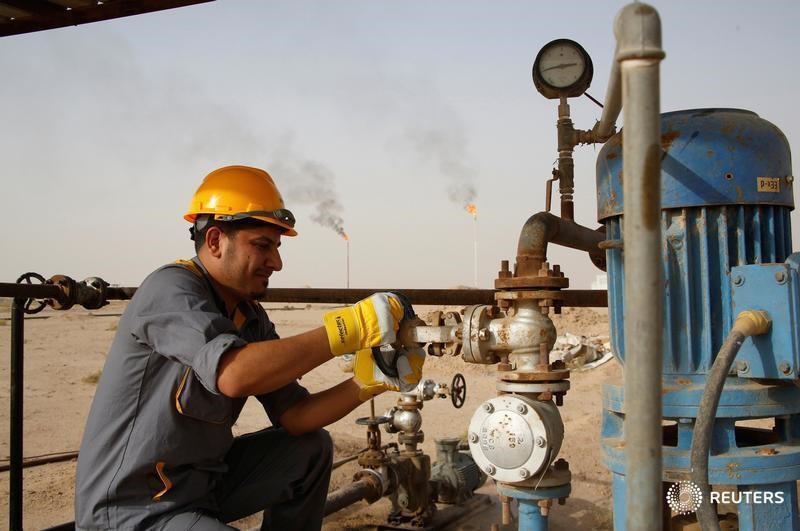
Investing.com– Oil prices settled just lower Tuesday as traders weighed a U.S. decision to resume buying oil from its emergency reserves and ongoing worries about weaker demand ahead of fresh U.S. crude inventory data this week.
At 14.30 ET (18:30 GMT), fell 0.2% to $83.16 a barrel, while dropped 0.1% to settle at $78.38 a barrel.
U.S. taps strategic oil reserves, again
The US Department of Energy said it would resume buying oil from its strategic petroleum reserve purchases, just a month after it stopped oil purchases to refill the country’s emergency oil supplies.
The energy department plans to buy up to 3.3 million barrels per day, with new deliveries to begin in October.
The boost to oil prices from U.S. crude demand, however, was limited as investors awaited further crude inventory data this week that could point to signs of weaker demand.
US inventories in focus
The releases its weekly forecasts of U.S. crude oil and product stockpiles later in the session, and these are expected to have fallen.
stockpiles sprung a surprise increase the previous week, the API reported last week, with inventories rising by about 4.9 million barrels for the week ended April 26.
The Energy Information Administration will also publish its latest later in the session, which will include the EIA’s latest views on the global oil market, and its latest forecast for U.S. oil and gas production for the remainder of this year and 2025.
remove ads
.
Israel rejects ceasefire proposal
Israeli Prime Minister Benjamin Netanyahu rejected the ceasefire proposal from mediators, saying it was “far from Israel’s vital demands,” and added that Hamas’ acceptance of the deal was “meant to sabotage the entry of our forces into Rafah.”
The remarks marked a blow to hopes of a deal to end the months-long war in Gaza just as Israel started its offensive in Rafa, keeping Middle East tension as well as the potential for oil supply disruptions front and center.
Russia to agree to lift production?
Oil prices were also pressured by news reports suggesting that Russian Deputy Prime Minister Alexander Novak indicated OPEC+ could move to raise crude production.
The Organization of the Petroleum Exporting Countries and allies, known as OPEC+, are making voluntary output cuts totalling about 2.2 million barrels per day for the first half of 2024, on top of earlier reductions announced in various steps since late 2022, bringing the total pledged cuts to just under 6 million barrels per day.
Bloomberg reported Monday that Russia’s oil and gas revenues doubled in April despite sanctions, creating room for Moscow to agree raise output, even is prices suffer as a consequence.
OPEC+ is scheduled to meet on June 1 in Vienna to decide its next output policy steps.
(Peter Nurse, Ambar Warrick contributed to this article.)

